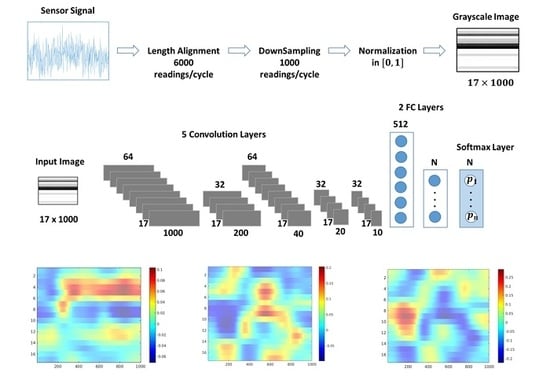Sensitivity Analysis of Sensors in a Hydraulic Condition Monitoring System Using CNN Models
Abstract
Share and Cite
König, C.; Helmi, A.M. Sensitivity Analysis of Sensors in a Hydraulic Condition Monitoring System Using CNN Models. Sensors 2020, 20, 3307. https://doi.org/10.3390/s20113307
König C, Helmi AM. Sensitivity Analysis of Sensors in a Hydraulic Condition Monitoring System Using CNN Models. Sensors. 2020; 20(11):3307. https://doi.org/10.3390/s20113307
Chicago/Turabian StyleKönig, Caroline, and Ahmed Mohamed Helmi. 2020. "Sensitivity Analysis of Sensors in a Hydraulic Condition Monitoring System Using CNN Models" Sensors 20, no. 11: 3307. https://doi.org/10.3390/s20113307
APA StyleKönig, C., & Helmi, A. M. (2020). Sensitivity Analysis of Sensors in a Hydraulic Condition Monitoring System Using CNN Models. Sensors, 20(11), 3307. https://doi.org/10.3390/s20113307






